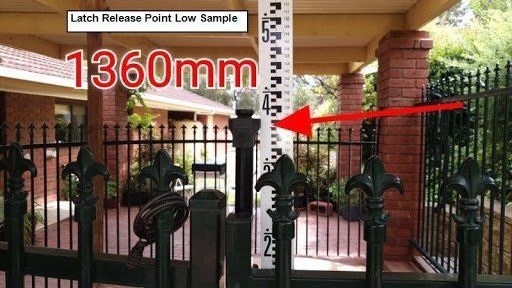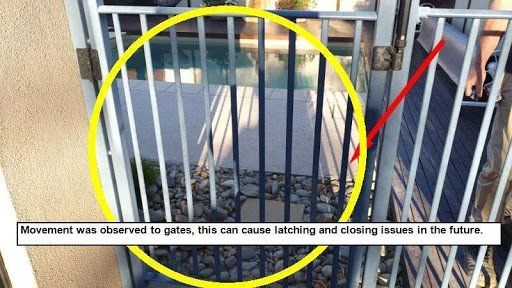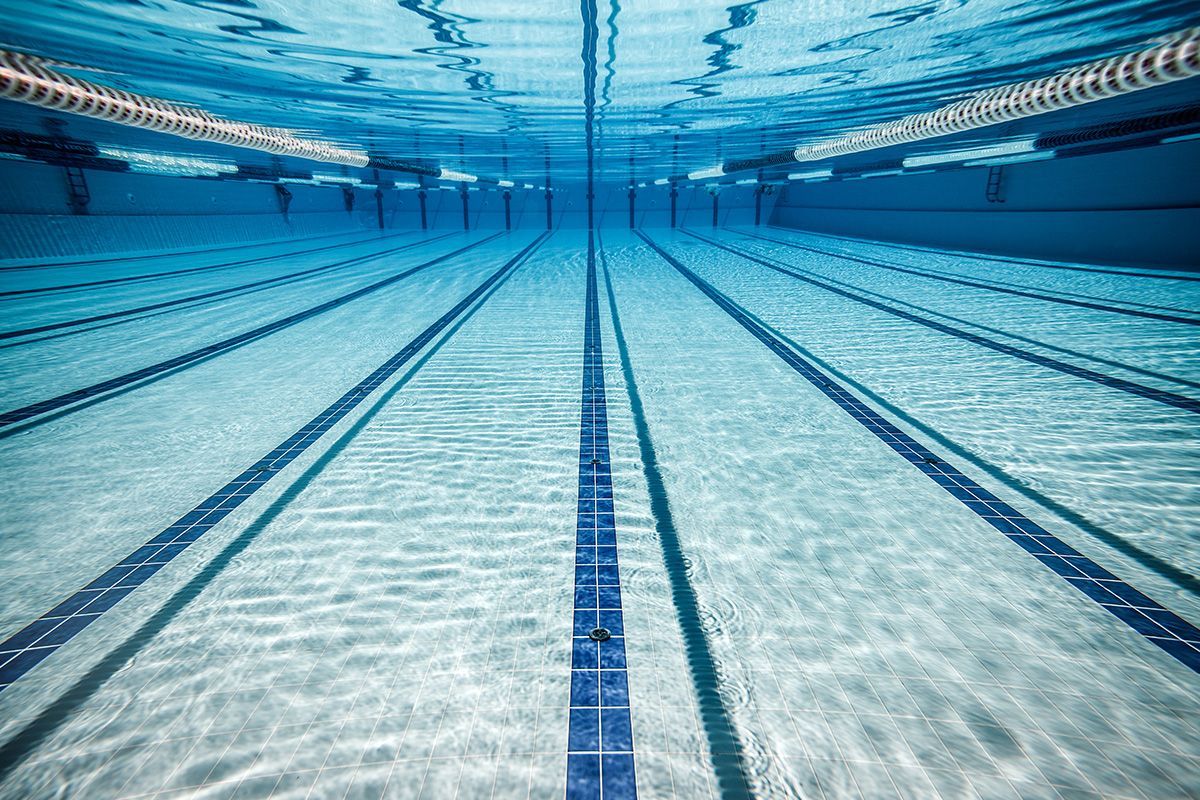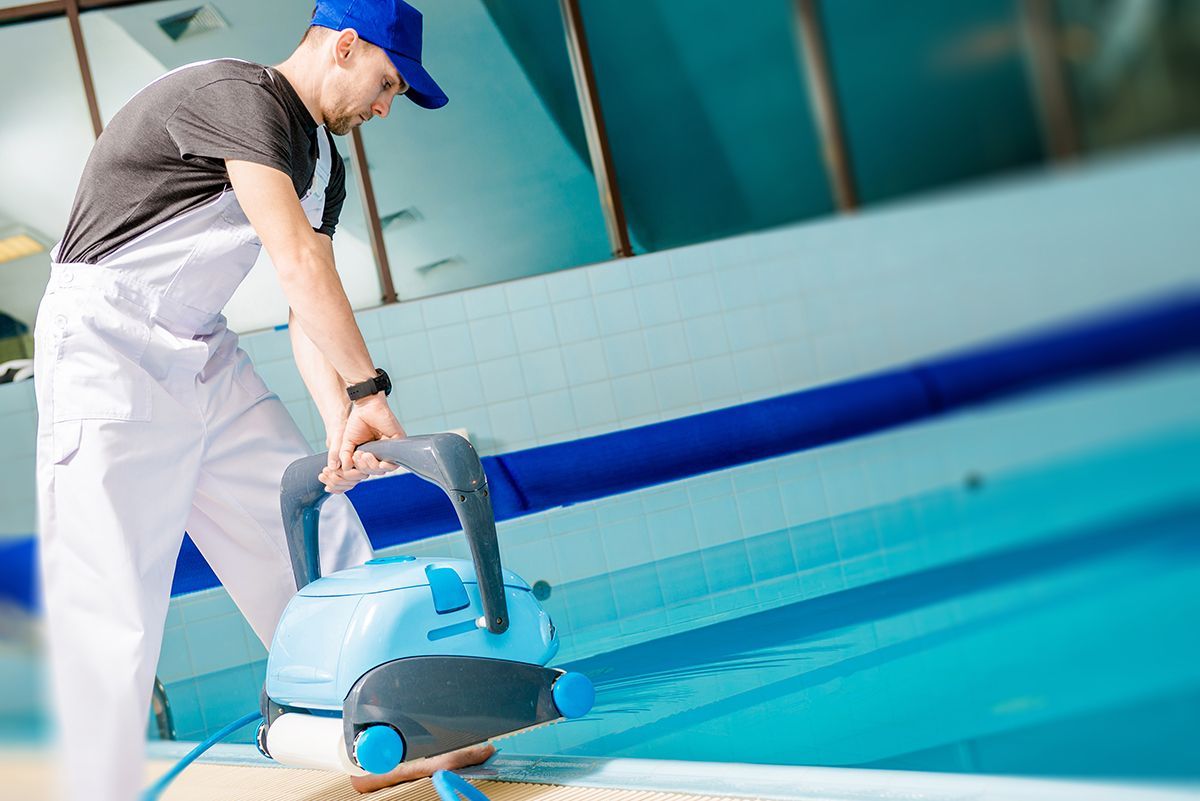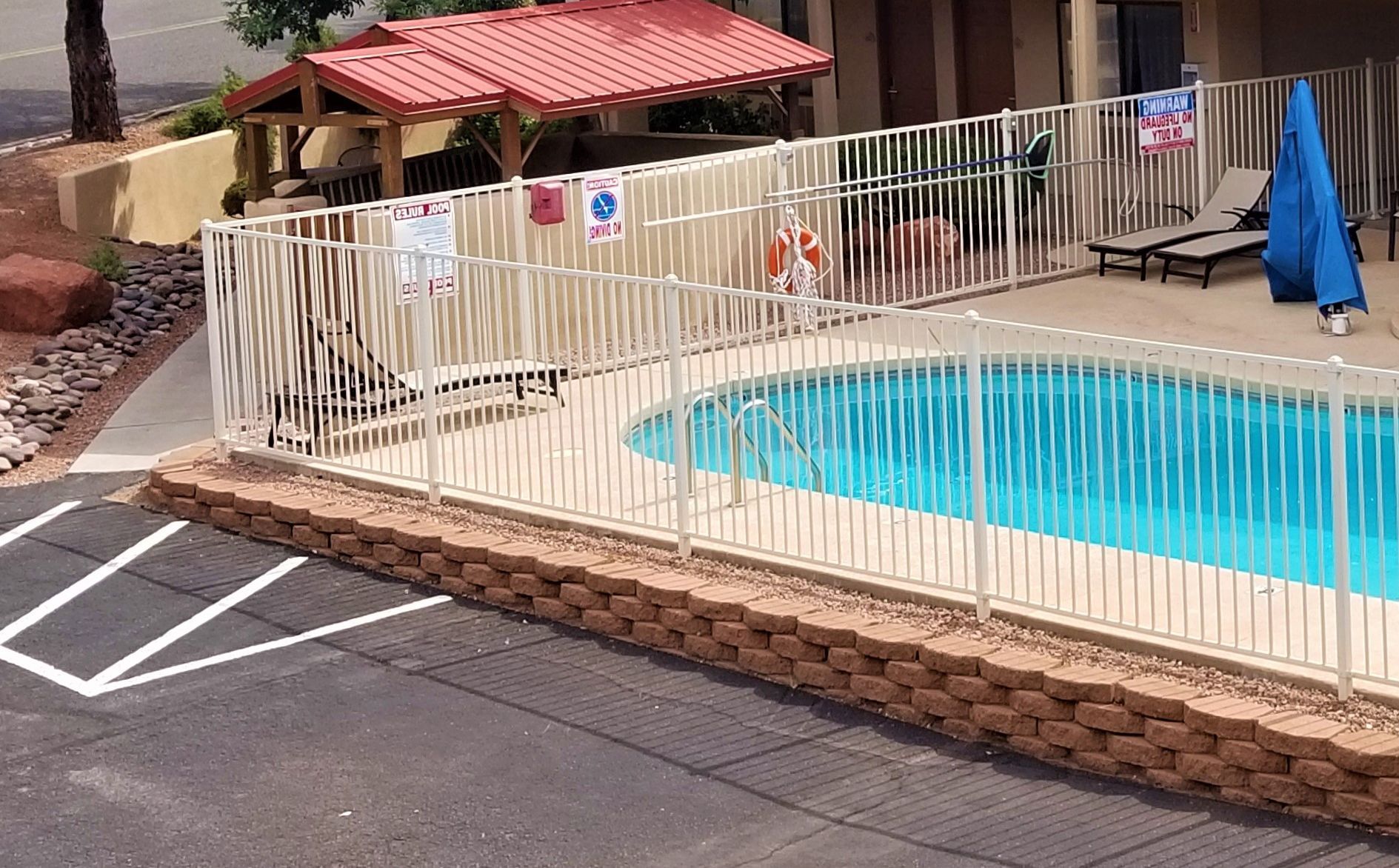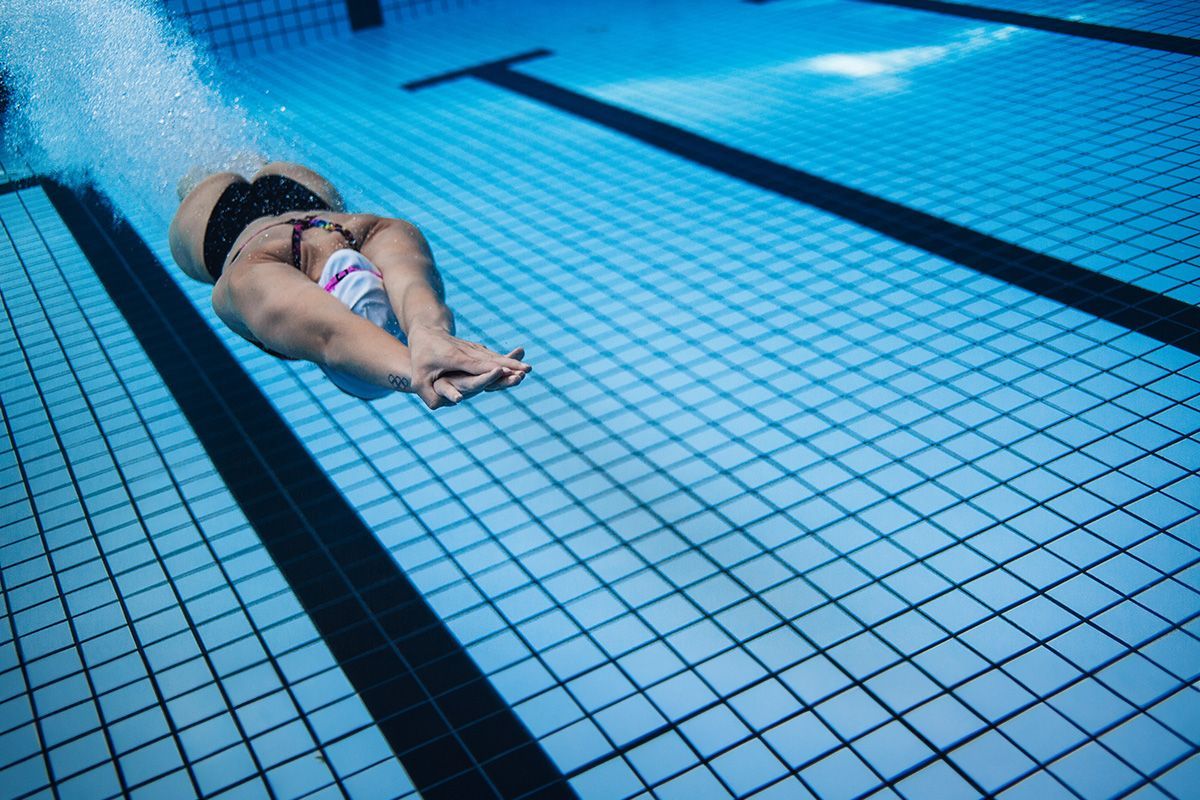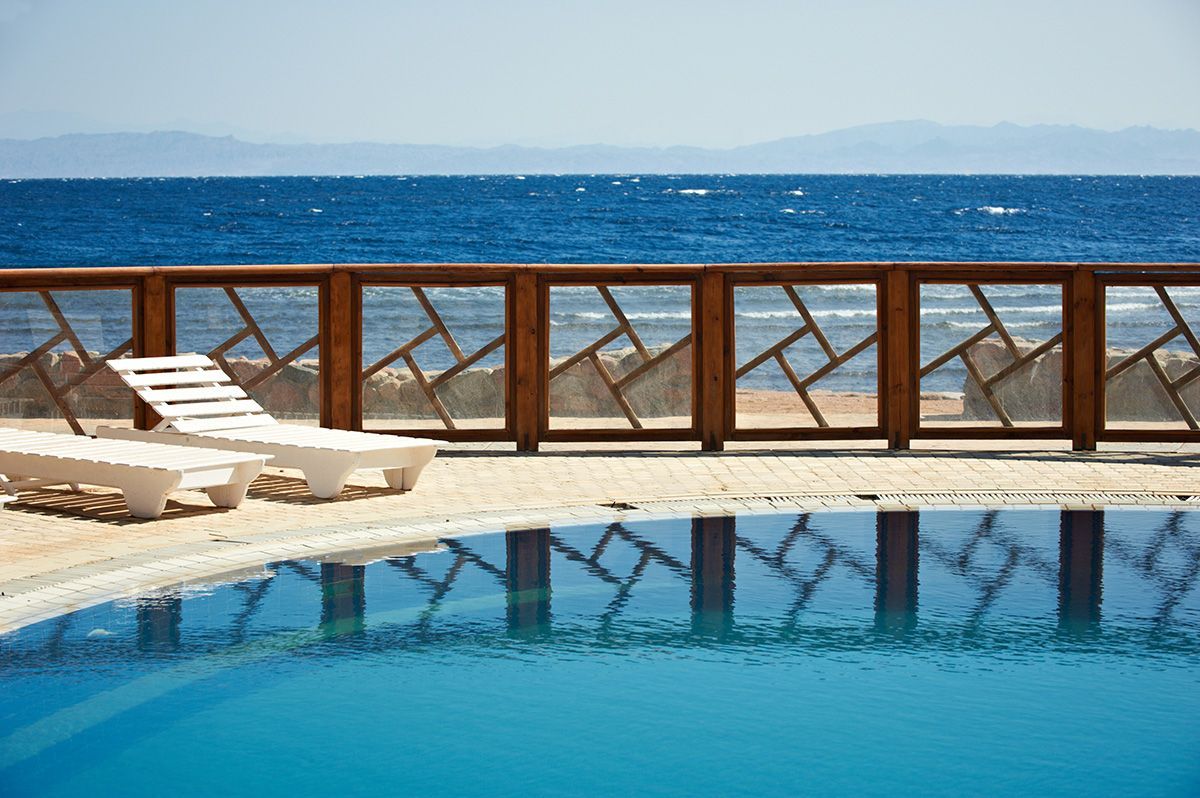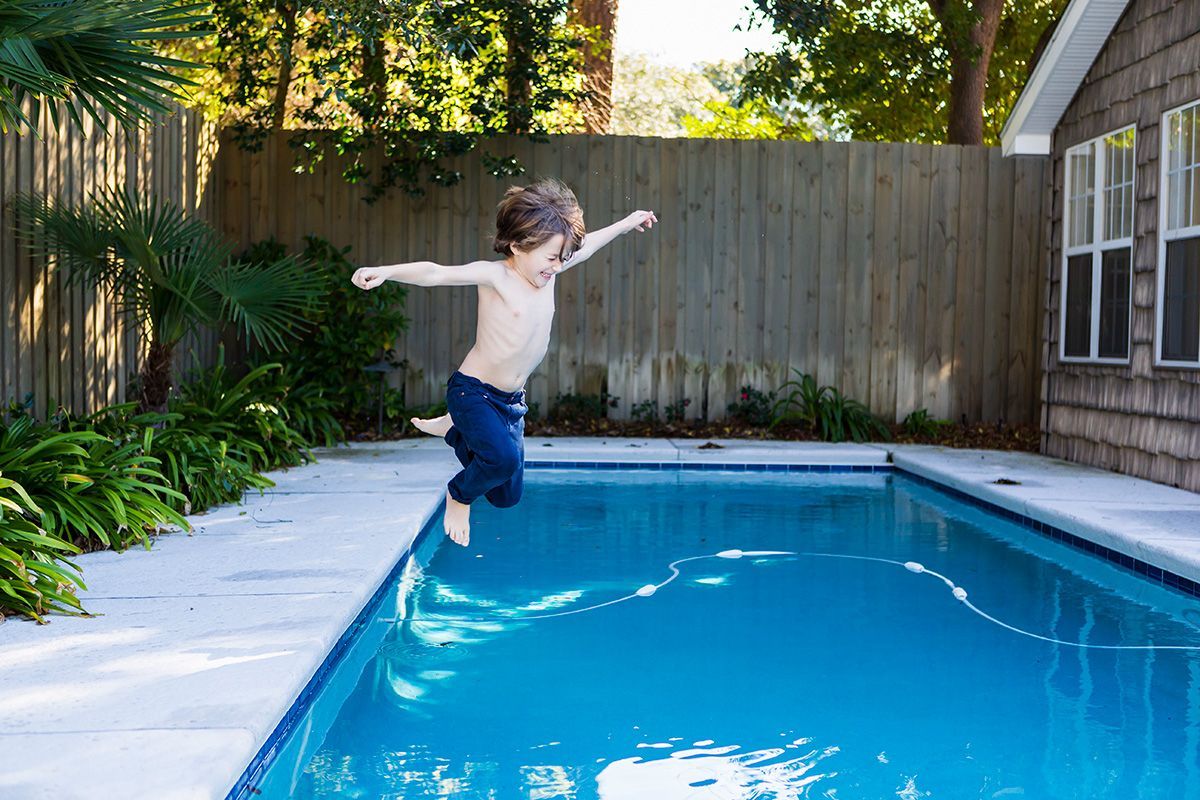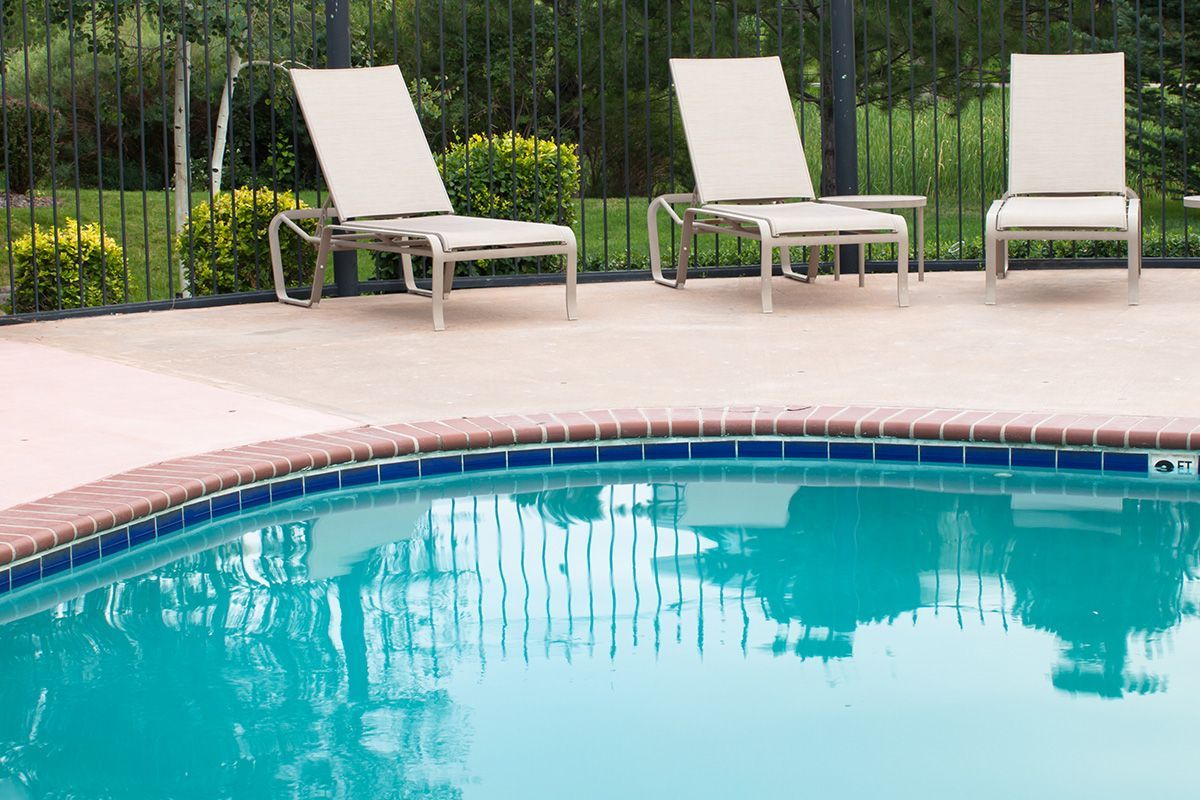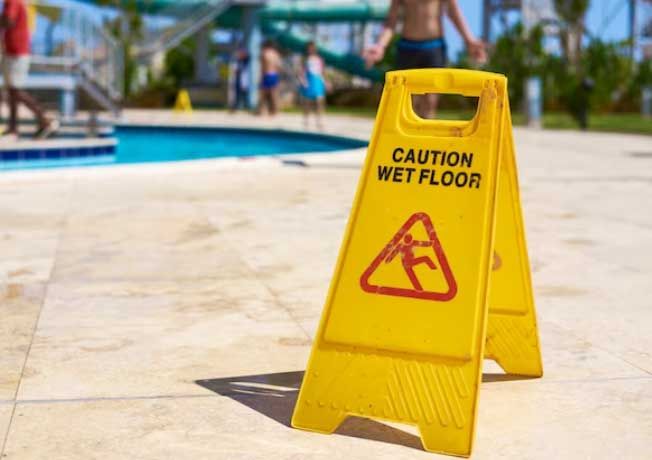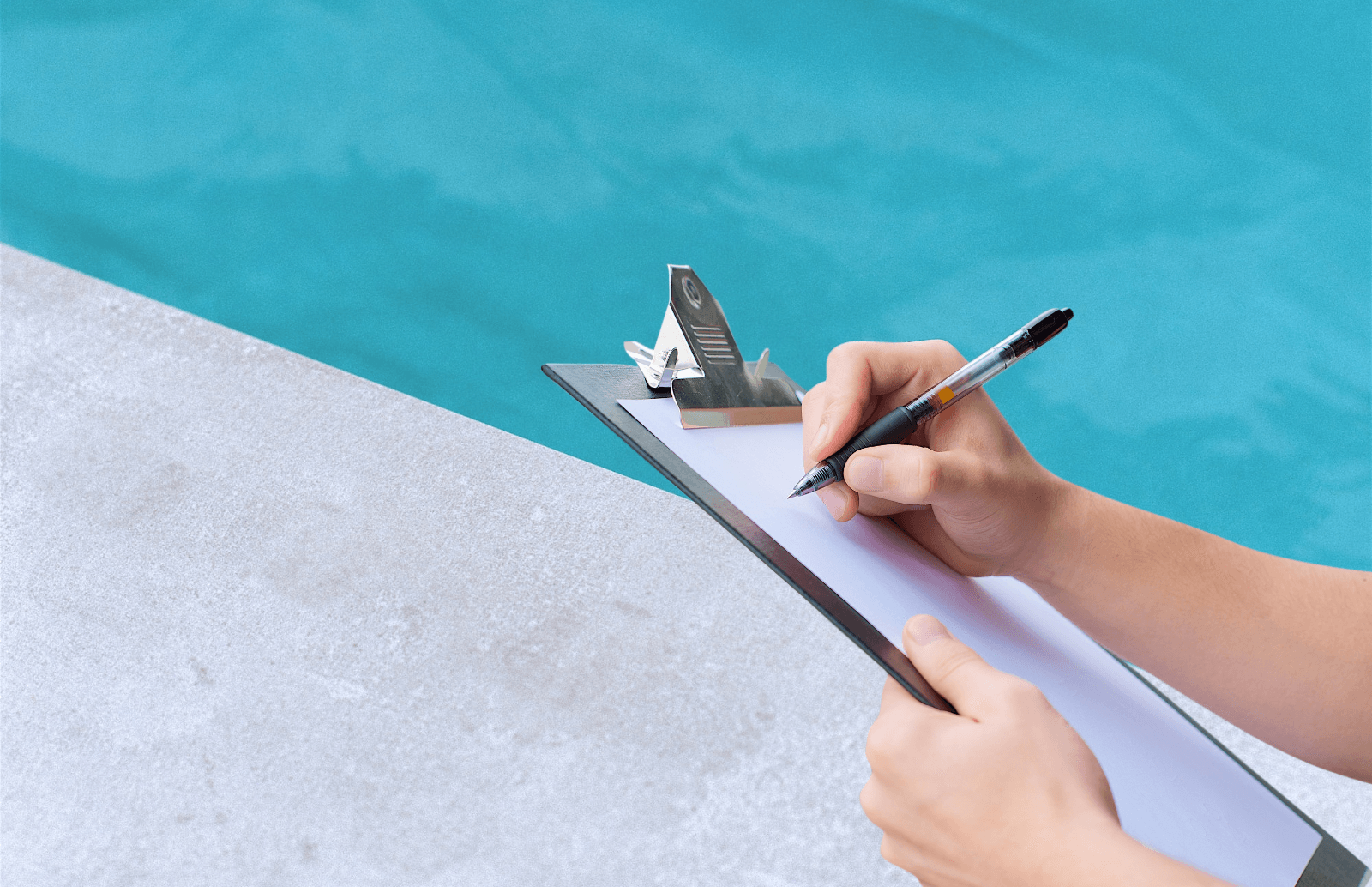POOL GATE SIMPLE CHECKLIST
Pool Safety: A Simple Checklist for Installing a Pool Gate
When it comes to enjoying the summer season, nothing could be more fun and exciting than going for a dip in the pool with your family and friends. But if you want to make sure that everyone is perfectly safe while they are in the pool area, you need to make sure that your pool is properly secured with a pool gate.
Installing a pool gate can be a bit of a tricky process, so we're here to help you out with our simple checklist for pool safety.
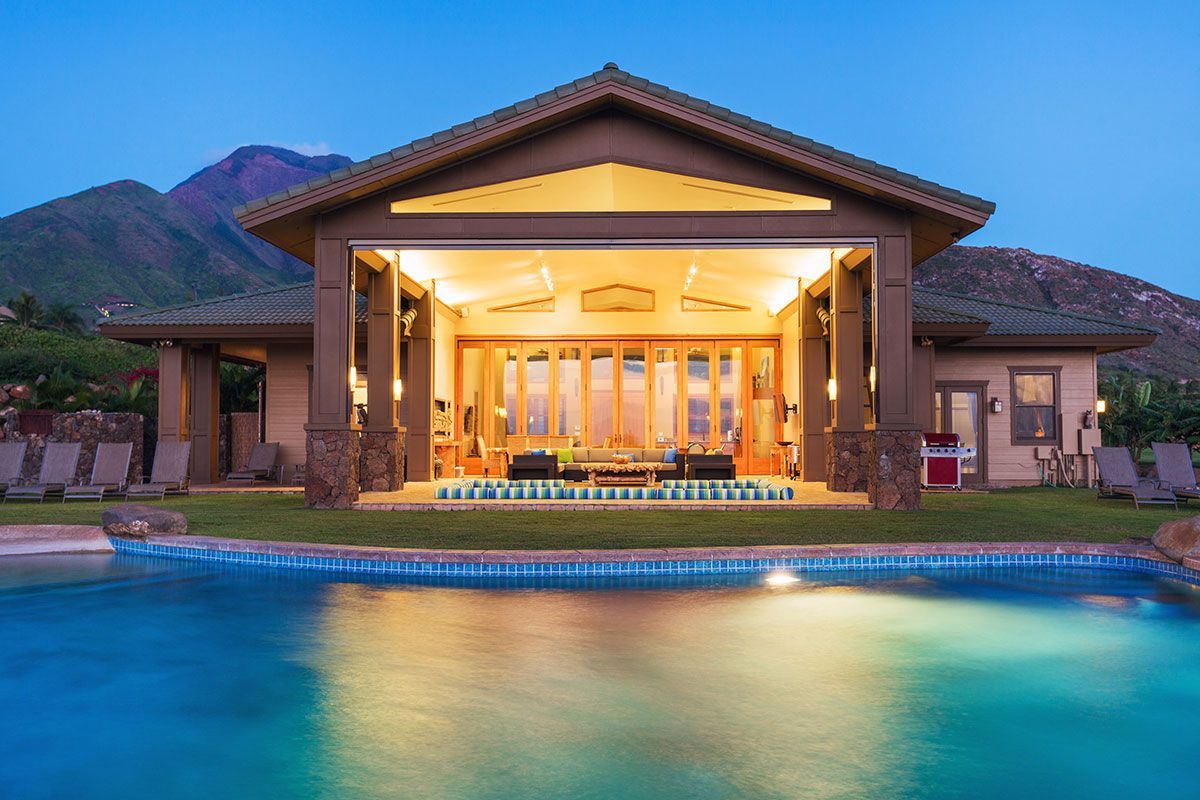
Whether you're installing a brand-new pool gate, or just doing some seasonal maintenance on an existing one, our list is guaranteed to keep your pool area safe for your guests.
So if you're ready to take the plunge and get your pool gate up and running, then follow this checklist and soon you'll be swimming safely in no time at all!
Quick Answer
Securing your pool area is an important safety measure to ensure the safety of your family and friends. Firstly, check that the gate closes securely and latch it at the top and middle. Secondly, make sure to install an alarm on the gate to alert you if there is any unauthorised access.
Prior Preparations and Planning
Prior Preparations and Planning is a key step in ensuring that the pool gate installation is done correctly. It involves taking some time to assess the area, determine if any permits or regulatory approvals are needed, identify potential safety risks, and decide what type of gate would be most appropriate for the specific needs and space.
The implementation of such preparations can be a contentious issue as some may contend it could slow down the process too much and waste resources, while others may debate that it is necessary for public safety and should not be hurried for the sake of expediency.
It is important to remember that planning ahead can actually save considerable costs and headaches down the line if the proper materials are identified and ordered efficiently.

A case study conducted by the
National Swimming Pool Safety Network concluded that planning improved both buy-in from stakeholders and overall project efficiency by reducing wasted time, money, and energy. That being said, it is also essential to resist over-analysis paralysis as there needs to be a balance between adequate preparation time as well as expediency when deciding on a plan of action.
After considering these elements, it's now time to move onto design considerations for the pool gate installation. Things like style preferences, specific hardware requirements, and construction materials must all be considered in order to create an installation that meets safety standards while also complementing existing architecture.
- According to a study published in the journal Pediatrics, nearly 70% of preschoolers who drowned in a pool were not expected to be in or near the pool at the time.
- The National Safety Council states that barriers such as fences and gates should be installed around pools as an effective way of preventing young children from accessing the pool unsupervised.
- Pool safety guidelines recommended by the U.S. Consumer Product Safety Commission suggest that all pool gates must be self-closing and self-latching and must remain closed and latched when not in use.
Design Considerations for the Pool Gate
When it comes to designing and installing the pool gate, it is critical that you select one that allows for easy access while maintaining a secure barrier. This means considering the height, width, location and material used. In terms of height, it should be tall enough that young children cannot climb over while also being low enough to provide easy access for adults.
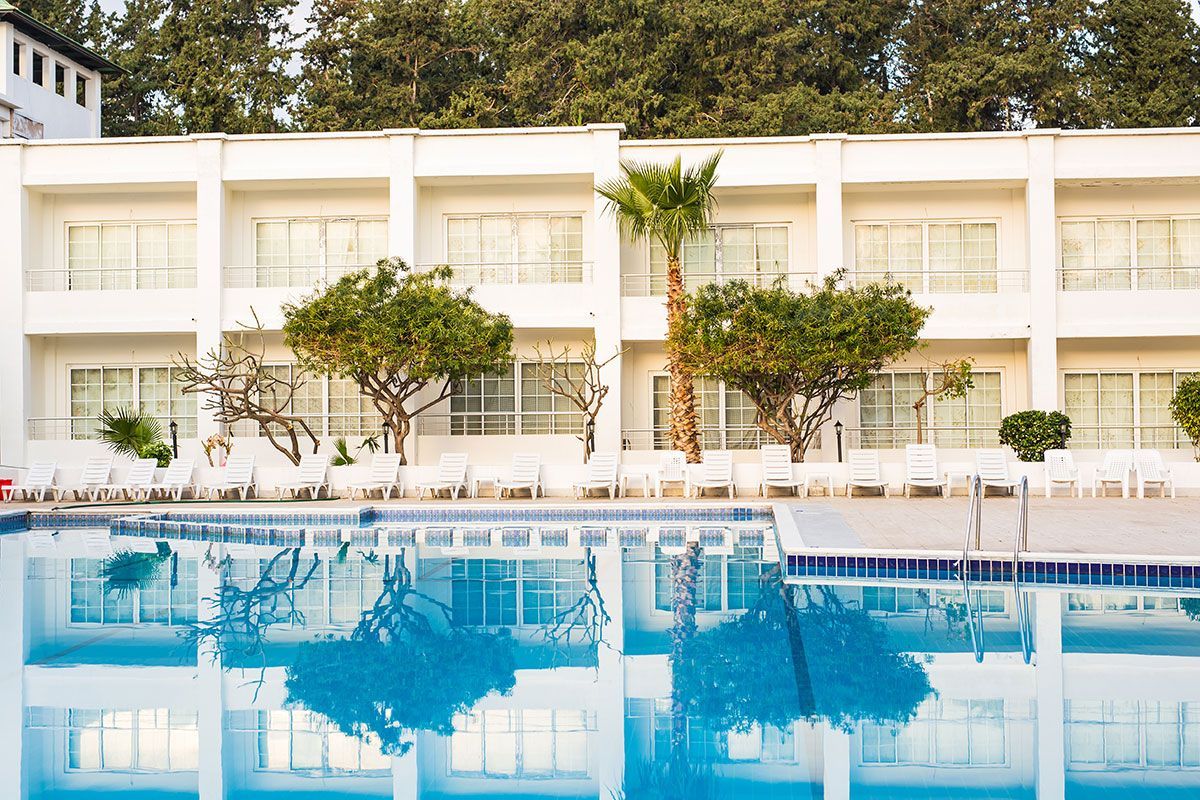
Width-wise, a less invasive option could be desired so as to not take away from the aesthetic of the pool area; or a wider model may be more suited for anyone operating machinery or carrying equipment. If economic considerations are important to you, then materials like vinyl or aluminium can offer good value without sacrificing quality.
Once you’ve decided on your design, it’s time to focus on placing the pool gate in the correct spot. When determining location, safety should remain at the forefront of your decision process. The ideal placement would be near the shallow end of the pool and close to steps or walkways in order to provide easy access from multiple points near the pool.
Make sure there’s enough room between furniture or other objects which could potentially hinder navigation or trips and fall around for a safe passage through the gate. That said, any obstructions should also be considered when selecting a width for your gate – if there isn’t enough room for an adult to get through with ease and minimal hassle, then it’s best to opt for a different design.
Understanding the importance of design and careful location is key when installing a pool gate. With these considerations in mind, you can ensure that you have taken every measure possible towards keeping your family and friends safe around your pool this summer season.
Now let's move onto the next very important step...locating the pool gate in an optimal place to guarantee ultimate safety no matter what situation arises!
Location of the Pool Gate
When selecting the optimal location for a pool gate, security and convenience should be of utmost importance. Many experts recommend placing the gate on the side of the pool that has easy access from the house, like a patio area or deck. This will prevent unauthorised entry from other points such as neighbouring houses.
In addition, it will also increase safety by limiting possible non-swimmers from entering the pool, since they would likely need to pass through the house first.
Though having the gate close to the house may increase security, some people argue that this can be less than ideal when considering convenience. Depending on your home layout, a distant side of the pool may provide better access and call for less maintenance.
Additionally, some homeowners also prefer letting their guests enter through a gate located away from the main house entrance; this way they can ensure any mess brought in remains far away from where they are spending most of their day.
In short, consider all factors but prioritise security when deciding on the ideal spot for your pool gate. The location should reflect both your needs and preferences while offering maximum protection at all times.
Once you have decided on where to put it, you can move onto deciding what materials to use for its installation – an equally important step for ensuring both safety and aesthetic.
Crucial Summary Points
When selecting the optimal location for a pool gate, security should be prioritised over convenience. Factors to consider include easy access from the house and limited non-swimmer entry. Convenience may also dictate final placement, but security should be the main priority. Materials used for installation are just as important for ensuring both safety and aesthetic appeal.
The Materials for the Pool Gate Installation
When choosing a pool gate, it is important to consider the materials used in its construction. Pools bring the fun of summer, but they also need to be treated with respect and handled safely. However, some materials are better suited for pool gates than others. Vinyl-coated wire mesh and wood are two popular choices.
Vinyl-coated wire mesh is touted as being lightweight and more durable than other materials, as it can withstand weathering and rusting better than many alternatives. It’s also simpler and easier to install than a wooden gate. On the downside, though, vinyl-coated wire mesh is not as aesthetically pleasing or luxurious as a well-crafted wooden gate.
Wooden pool gates look beautiful and are often custom made to match the style of your home or landscape. Wood lasts longer than vinyl, and provides increased security for your pool area as it can’t be cut easily like vinyl can. The downsides include warping from water damage, heavier weight, and costlier installation and maintenance expenses.
Overall, no matter which type of material you choose for your pool gate, it must fit within your budget while still providing the necessary level of protection and security. Taking into consideration the factors discussed here can help ensure that you install a secure pool gate that will last for years to come.
Furthermore, understanding what tools and materials you need for installing a pool gate is essential in order to ensure safe operation. In the next section, we will cover this topic in more detail.
Tools and Materials Needed for Installing a Pool Gate
Once you have all the basic materials for your pool safety gate, you must then compile the necessary tools and supplies needed to complete installation. Power drills, wrenches, levels, jigsaws and pliers are just some of the items you'll need. If you’re installing a metal frame, you’ll need specialty drill bits made of metal to bore two anchors into the surrounding concrete or stone.
The debate between using screws versus bolts in your framing is a common one. Generally, screws are cheaper and more cost effective. However, bolts are more secure and may give you added peace of mind when it comes to safety.
Ultimately deciding whether to use screws or bolts is up to personal preference and budgeting restrictions that might be on hand. No matter what option is chosen for framing, always make sure that the fasteners used are rust resistant to avoid corrosion due to pool chlorine or other chemicals present in the water.
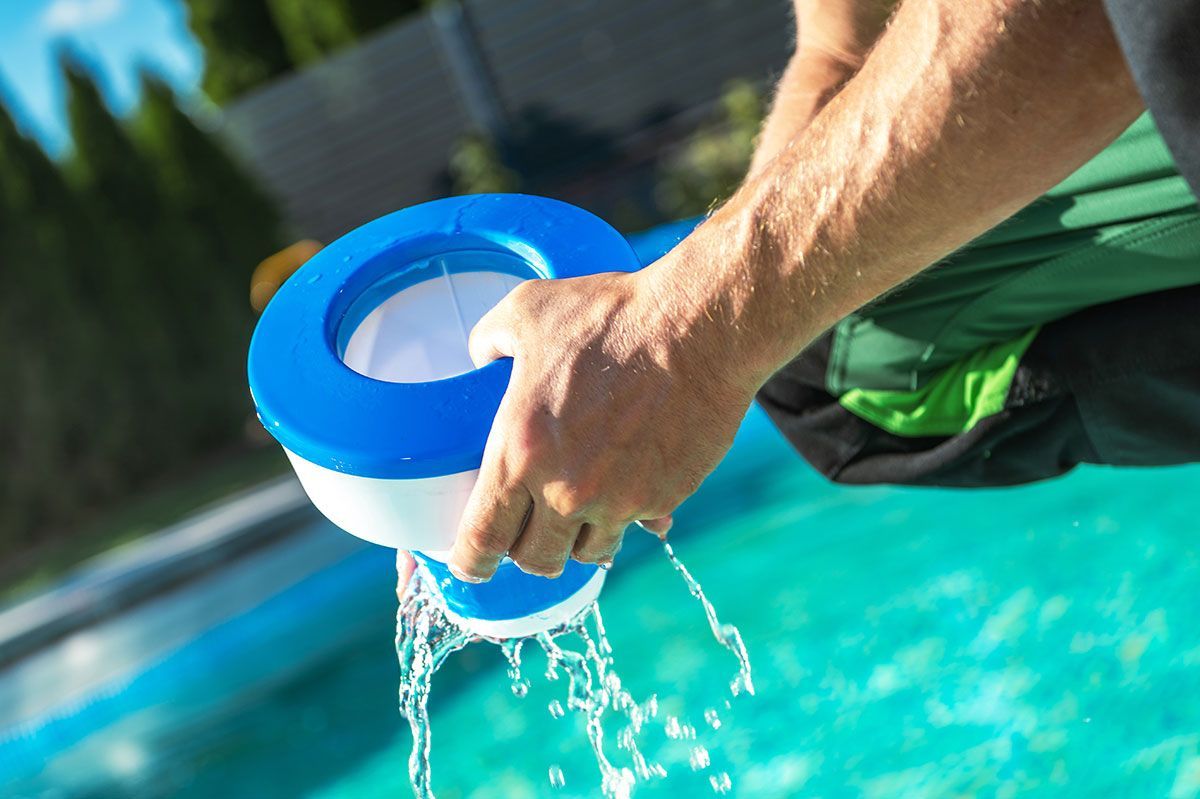
Broader debate has also been stirred regarding whether or not additional tools such as a hammer drill should be used in installation. While this tool isn’t necessary for every basic project, it can help speed up the process considerably because of its ability to create holes in various types of stone or masonry surfaces with ease and control.
Whether a hammer drill is worthy of investment for a DIYer depends on the individual preferences of the installer - some may consider it an unnecessary expense while others live by its convenience and performance.
No matter what specific tools and supplies are used, they should always be checked beforehand to ensure they are in working order and that they meet any applicable
safety guidelines. This will ensure that installation progresses without any hiccups down the line. With materials assembled, measured and prepared correctly, you're now ready to start installing your secure yet stylish pool gate!
Measuring and Preparing the Surface for the Pool Gate Design
When it comes to installing a pool gate, measuring and preparing the surface is of utmost importance.
The area where the pool gate will be installed must be carefully measured so it can be fitted properly. Measure the opening that will accommodate the pool gate, allowing at least 2 inches of back room between the hinge post and the stop bar on the opposite side. Additionally, keep in mind the height of the pool gate which is typically 1 metre (3.2 feet) or more above ground level.
It’s also important to properly prepare the surface before beginning to install your gate. Start by using a brush and removing any loose dirt or debris that may be in the way of construction. After this, check for any cracks in the ground - fill them with concrete masonry sealer to avoid further damage from occurring when you install your gate.
Finally, lay some gravel down in order to ensure that your gate stays stable once installed.
By carefully measuring and preparing the surface for a pool gate design, you are making sure that its installation process is safe and secure for everyone involved. This step is significant as no accidents should arise due to faulty measurements or improper material selection.
With this being said, you can now proceed to follow weather environment requirements and pool depths regulations in order to guarantee a successful installation process for your pool gate.
Weathering Environment and Pool Depth Requirements
When it comes to ensuring the safety of a pool area, preparing the environment around it and also understanding the correct pool depth requirements is just as important as measuring and preparing the surface for the pool gate design.
The environment of the pool area itself must be taken into consideration when constructing a pool gate that provides adequate security for the space.
Windy areas require stronger posts and frames, otherwise, over time, weather conditions can damage the structure causing it to become hazardous and potentially less able to prevent any accidents from occurring in or around the swimming pool.
On top of environmental considerations, pools themselves need to have certain safety features installed related to their depth–often determined by local laws and regulations. Generally, this includes having shallower areas near any entrance points as well as having shallow and deep sections clearly marked.
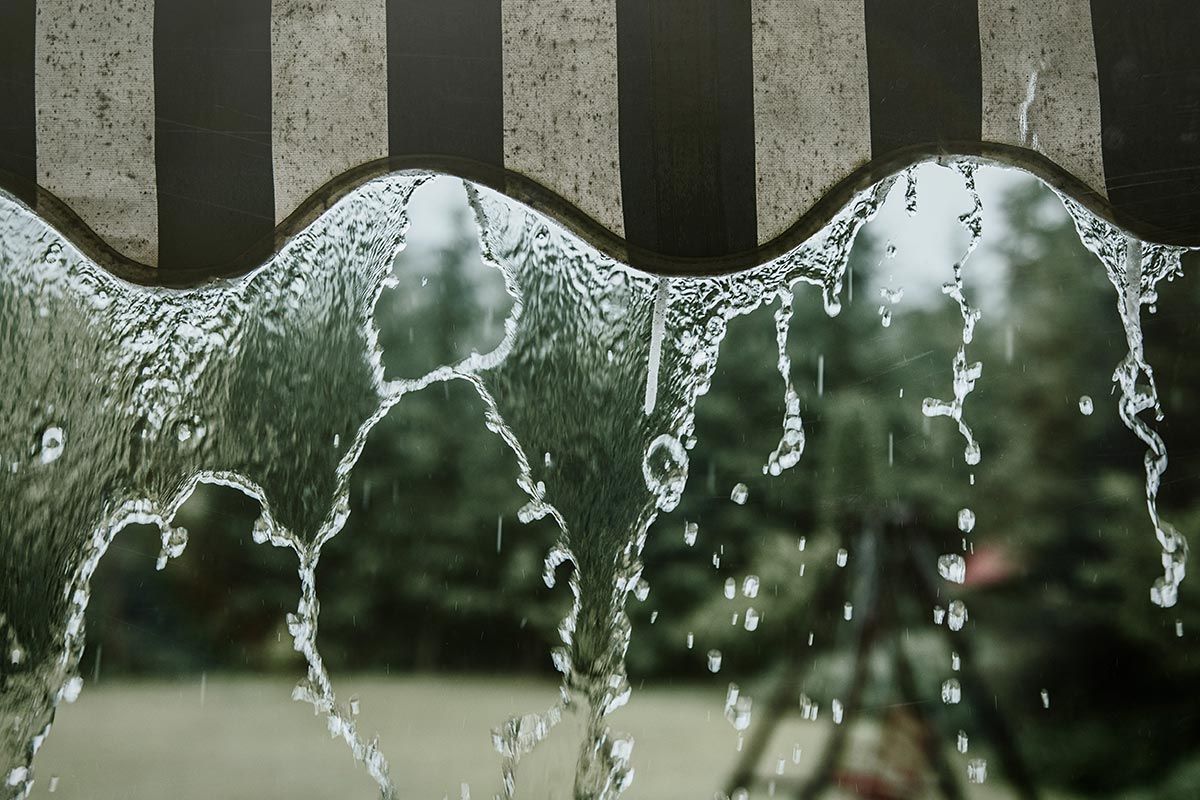
Knowing about these specific laws will ensure that the pool gates are installed and constructed according to these standards for additional protection and prevention of any accidents due to mistaken perception regarding areas of greater depth or unexpected depths in the deeper end of a swimming pool.
With all this consideration in mind concerning weathering environment and depth-related safety requirements, we now need to turn our attention to designing and constructing a suitable pool gate frame that can incorporate all these factors and create an attractive addition to any backyard pool or spa space.
Building and Constructing the Pool Gate Frame
Building and constructing a pool gate frame is the next step in installing a pool gate for safety. The frame of the pool gate should be made from durable material like metal or PVC that can withstand any weather environment as well as being able to support the weight of the gate when closed. It is important to use a strong material so that it can last for years without needing to be replaced or repaired.
When planning out the frame dimensions, it is best to take into consideration the size of the door opening itself, in order to make sure it functions properly and securely when in place.
When debating the best materials out there for pool gates, aluminium and vinyl (PVC) are both popular choices. Aluminium provides more corrosion-resistant properties than vinyl and can stand up better against heavy winds and rainy weather.
However, some argue that vinyl works just as well due to its strength and durability, but at a cheaper cost than aluminium. Both sides have evidence supporting their claims--and depending on personal preference and budget ranges, homeowners should weigh their options before making a final decision on what material they will use for their pool gate frame.
Answers to Frequently Asked Questions with Detailed Explanations
How can I ensure my pool gate meets all legal requirements?
Ensuring your pool gate meets all legal requirements is key to protecting your family and preventing injuries. To ensure that your pool gate meets the necessary requirements, there are several steps you can take:
1. Research the safety standards of the location where you plan on installing the pool gate. Every US state and Canadian province has their own set of regulations regarding pool gates, so be sure to familiarise yourself with them.
2. Invest in a pool gate that meets or exceeds the minimum safety standards for your area. The best way to find out what these are is by contacting your local building department for more specific details about the applicable codes.
3. Install your pool gate correctly; this includes making sure that it securely latches shut, opens outward away from the pool, and swings freely without any obstructions or sharp edges that could cause someone to trip or get injured while using it.
4. One of the most important aspects of ensuring a safe and legal pool sidewall installation is to keep children away from it at all times. Install a self-closing latch on the top side of the pool fence to prevent kids from being able to reach it and use the latch as an escape route when no one is around to watch over them.
By following these simple steps, you can ensure your pool gate meets all legal requirements and provides a safe environment for your family to enjoy for years to come.
What are the minimum safety requirements for pool gates?
The minimum safety requirements for pool gates include:
1. The pool gate should be self-closing and self-latching. This means that the gate should be able to stay closed without having to be tied or wedged shut, and must latch securely in a closed position so it cannot be opened without a key.
2. The pool gate must be at least four feet tall with no more than four inches between pickets and/or bars. This is so that children are not able to slip through the openings or climb over the gate.
3. The swing of the pool gate must open away from the pool area and any horizontal members should be on the inside of the fencing or railing of a pool gate for added safety. The decision as to which direction your pool door swings will depend on where it is located in relation to your patio or decking, if you have one installed next to your pool area.
4. There must also be adequate hardware such as hinges, latch assemblies and strike plates that are functional, in good working order and spaced properly apart from each other along the length of the fence line to ensure proper alignment and prevent anyone from forcing the gate open without a key.
These are just some of the basic requirements set in place by law when installing a pool gate in your backyard. It's important to make sure you adhere to these standards when setting up a safe swimming environment for your family and friends.
What safety features should I look for when installing a pool gate?
When installing a pool gate, safety should always be your top priority. Look for a gate with the following features:
1. Self-closing mechanism: All pool gates should have a self-closing mechanism that automatically closes and latches the gate when it is opened and then released. This helps prevent children from gaining access to the area without an adult present.
2. Adjustable hinges: High quality gates will have adjustable hinges that can be adjusted to properly secure the gate in its closed position. This ensures the gate won’t come open if someone attempts to push on it or pull on it.
3. Lockable latch: Gates should also be fitted with a lockable latch to prevent unauthorised access to the pool area by intruders. Additionally, this feature allows you to securely lock the gate after everybody has left the pool area so no one can gain access while you’re away.
4. Secure hardware: The hardware used to install your pool gate should be sturdy and reliable so it won’t become loose with age or daily wear and tear. Make sure all screws and bolts are secured tightly and inspected regularly for any signs of damage or corrosion.
By following these tips and properly installing your pool gate, you can rest assured that everyone at your pool will remain safe and secure.

